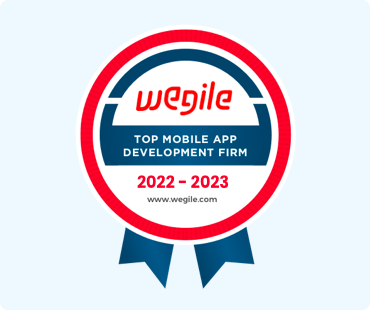In the whirlwind of modern life, with its hectic schedules and shifting priorities, the quest for optimal health remains a constant journey. As technology becomes an integral part of our daily routines, it transforms into a powerful ally in our pursuit of wellness.
This blog invites you to take on a transformative journey, blending the art of how to create a fitness app with the essence of genuine human connection. Through each significant step and every calculated calorie, your fitness app emerges not just as a digital tool, but as a personal companion guiding you toward a healthier, fitter lifestyle. It's an experience designed to resonate with the individual goals and aspirations of each user.
So, if you're eager to build fitness apps that truly make a difference, keep reading! Join us as we explore the intricacies of creating a fitness app that enhances not only physical fitness but the holistic well-being of every user.
Fitness applications, commonly known as fitness apps, are digital platforms designed to enhance physical health and wellness. These applications are accessible primarily through smartphones and tablets. They cater to a variety of fitness goals, ranging from weight loss and strength training to stress relief and meditation. At their core, fitness apps serve as personalized tools that facilitate the monitoring and management of physical activity and dietary habits. They offer a wide range of functionalities including step counting, workout tracking, calorie logging, and personalized exercise routines. These features are all aimed at fostering healthier lifestyle choices among their users.
The versatility of fitness apps is one of their standout features. They can function as virtual personal trainers, nutritional guides, or even social platforms that connect like-minded fitness enthusiasts. Advanced fitness apps integrate with wearable technology such as fitness bands and smartwatches. This enhances the precision of health metrics like heart rate monitoring, sleep patterns, and physical activity levels. Such integration allows for real-time health tracking and provides feedback that is both immediate and personalized. This makes fitness apps a central component of modern health management strategies.
The adaptability of fitness apps to cater to individual preferences underscores their broad appeal. Whether it’s customizing workout plans, setting health-related goals, or providing motivational cues, these apps are designed to meet the diverse needs of their user base. They not only encourage regular physical activity but also offer the convenience of tracking health progress over time. It makes them indispensable tools in the journey towards achieving personal health and fitness goals. By integrating cutting-edge technology and user-friendly interfaces, fitness apps not only simplify wellness management but also make it engaging and accessible to a global audience.
Before we dive into how to create a fitness app, let's explore the dynamic and rapidly expanding fitness app market and the increasing importance of digital fitness in this sphere. In recent years, this industry has seen explosive growth, driven by a growing focus on health and wellness across various demographics. Today, smartphones have become portable fitness hubs, packed with a range of apps that cater to diverse fitness objectives. These apps are not just tools; they are personalized fitness experiences, crafted with cutting-edge technologies like Artificial Intelligence (AI) and Machine Learning (ML) to customize workouts to each user’s specific needs.
Now, let's take a closer look at the financial evolution of the fitness app market, examining its revenue trends and future potential.
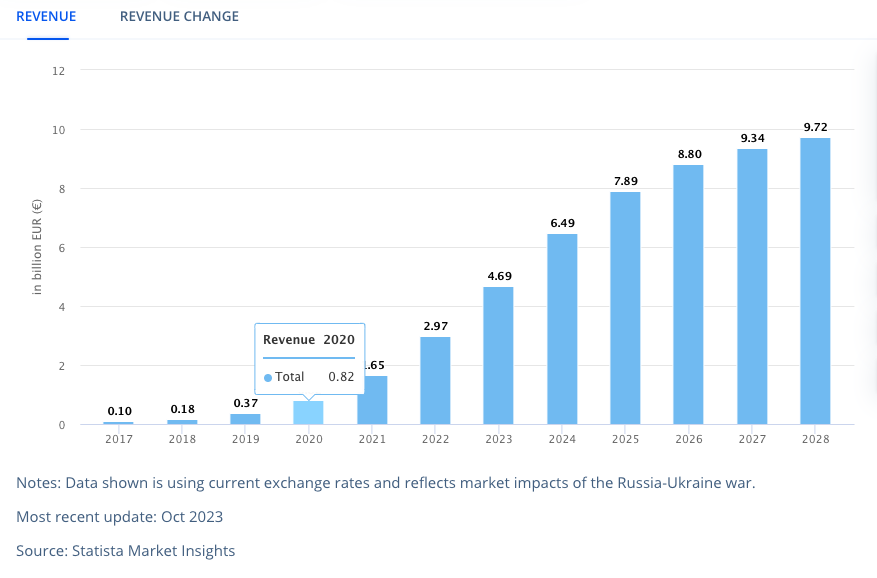
(Source: Statista)
Statista suggests that, by 2023, the fitness app market is poised to achieve a revenue of €4.69 billion, reflecting a robust Compound Annual Growth Rate (CAGR) of 15.69% from 2023 to 2028. Simultaneously, the user penetration rate is estimated to be 10,848,712.93% in 2023, highlighting the widespread adoption of fitness apps. As we look ahead, projections indicate a continuous upward trend, with the user penetration rate expected to reach 13,080,603.45% by 2028. These impressive statistics underscore fitness apps' dynamic growth and enduring popularity in the coming years.
As we delve into the intricacies of the fitness app market, it becomes evident that these digital companions are not merely tools but integral components of the contemporary approach to health and fitness. Now, after having an overview of the market dynamics, let's explore the understanding of fitness apps in more detail in the further section.
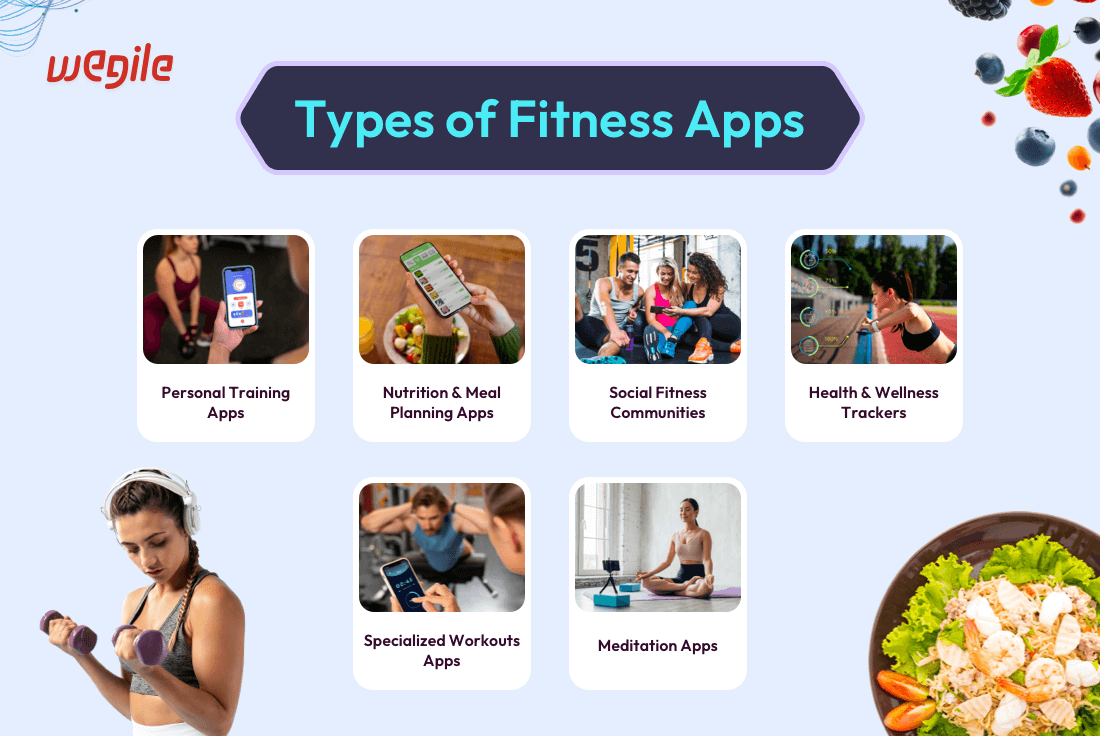
Personal training apps redefine the fitness landscape by bringing a personal trainer's expertise directly to users' smartphones or tablets.
These apps offer a dynamic and personalized workout experience, providing users with tailored exercise routines, detailed demonstrations, and progress tracking.
The virtual personal trainer feature allows users to customize their fitness plans based on individual goals, fitness levels, and personal preferences.
Users who follow these guided workouts receive real-time feedback, creating a truly interactive and engaging fitness journey. Nike Training Club and MyFitnessPal are prime examples of these apps.
When learning how to create a fitness app, understanding about nutrition and meal app development is pretty essential. These apps go beyond mere calorie counting; they offer comprehensive tools like meal logging, personalized meal plans, and expert nutritional advice.
Utilizing advanced artificial intelligence algorithms, these apps analyze users' dietary patterns to provide customized recommendations that align with specific health goals. By making these apps part of their daily routine, users can achieve a holistic understanding of their nutrition, seamlessly integrating diet and exercise into their fitness journey.
Lifesum is one the best examples of apps offering personalized advice and meal plans based on individual health goals.
Social fitness apps are transforming the solo nature of traditional workouts into vibrant, community-driven experiences.
Users can connect with like-minded individuals, sharing their fitness journeys, accomplishments, and challenges.
These apps foster a sense of motivation and accountability through features such as group workouts, interactive challenges, and leaderboards.
The ability to follow and support other users creates a virtual fitness community, enhancing the overall experience and encouraging users to stay committed to their fitness goals.
Strava and Fitbit excel in fostering a sense of community with challenges, leaderboards, and the ability to connect with friends.
When understanding how to create a fitness app that stands out, consider the comprehensive capabilities of health and wellness trackers. These apps extend beyond traditional fitness metrics to offer features like sleep tracking, stress management tools, and heart rate monitoring.
Users receive valuable insights into their overall wellness, encompassing both physical and mental health aspects. By integrating these holistic tracking features into your fitness app, you empower users to make informed lifestyle choices, nurturing a more balanced and healthier life.
Apple Health stands as a comprehensive health tracker, combining fitness metrics with broader health data like sleep patterns, heart rate, and mindfulness minutes.
Specialized workout apps cater to users' diverse preferences and needs by focusing on specific fitness niches or workout styles.
Whether it's yoga, high-intensity interval training (HIIT), or bodyweight exercises, these apps deliver targeted and specialized workouts.
Users benefit from instructional videos, progress tracking, and features designed to align with their chosen workout specialty.
These apps empower users to explore and engage in the workout styles that resonate most with their individual fitness goals and preferences. Yoga for Beginners is a prime example of a specialized workout app.
Gain more insights on workout apps here!
Meditation apps play a pivotal role in the fitness ecosystem, contributing to mental well-being and overall health.
Beyond traditional fitness metrics, these apps focus on stress reduction, improved focus, and mental clarity.
Guided meditation sessions, breathing exercises, and mindfulness practices are integral features of these apps.
By incorporating meditation into their fitness routine, users experience a holistic approach to well-being, addressing both the physical and mental aspects of their health.
Headspace and Calm lead the way in meditation apps. We have created a specialized guide on how to create a meditation, which you might check out for yourself!
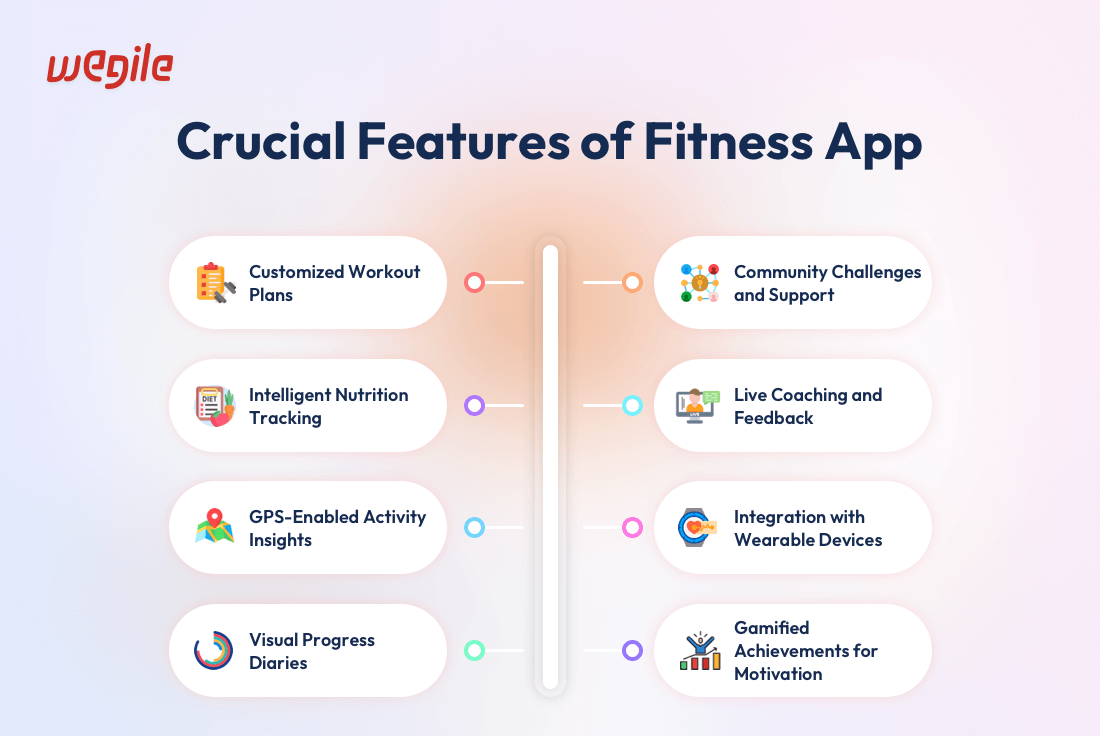
Decoding how to create a fitness app begins with understanding the power of personalization. Customization is one of the best practices you can incorporate into the fitness app development process.
By offering customized workout plans tailored specifically to individual user goals, fitness levels, and preferences, your app can truly stand out. These personalized plans provide a clear roadmap, guiding users through targeted exercises that align with their specific objectives, whether they're aiming to build strength, lose weight, or enhance endurance. This focus on personalization not only keeps the workouts challenging and achievable but also ensures a sustainable and impactful fitness journey for each user.
The integration of intelligent nutrition tracking sets fitness apps apart in promoting a comprehensive approach to health.
These features allow users to log and monitor their dietary habits, providing insights into calorie intake, macronutrients, and overall nutritional balance.
Some advanced apps utilize AI algorithms to analyze nutritional data, offering personalized recommendations to help users make informed choices that align with their fitness goals.
Fitness apps leverage GPS technology to provide users with accurate and insightful activity tracking.
Whether users are running, cycling, or engaging in outdoor workouts, GPS-enabled features record and analyze their routes, distances covered, and performance metrics.
This real-time data not only enhances the accuracy of fitness tracking but also empowers users to explore new routes and challenges, adding variety to their fitness routines.
Visual progress diaries offer users a tangible and motivating representation of their fitness journey.
These diaries may include photo timelines, graphical representations of weight loss or muscle gain, and progress charts.
Visualizing progress not only boosts motivation but also allows users to track the positive changes in their physique and overall well-being over time, reinforcing the value of their dedication and effort.
Fitness apps create a sense of community by incorporating features like challenges and support forums.
Community challenges encourage friendly competition, motivating users to push their limits and achieve new milestones.
Support forums provide a space for users to share their experiences, seek advice, and celebrate successes.
This communal aspect fosters a supportive environment that enhances the overall user experience and contributes to long-term adherence to fitness goals.
Live coaching and feedback features bring the expertise of fitness professionals directly to users.
Whether through live-streamed workouts or real-time feedback on form and technique, these features enhance the interactive nature of fitness apps.
Users receive guidance and corrections, ensuring that their workouts are effective and safe.
The immediacy of live coaching adds a dynamic and engaging element to the fitness experience, making workouts more enjoyable and effective.
Fitness apps seamlessly integrate with wearable devices, such as smartwatches and fitness trackers, enhancing the accuracy and depth of data collection.
This integration allows users to monitor their fitness metrics in real-time, encompassing vital statistics like heart rate, steps taken, and sleep patterns.
The synergy between fitness apps and wearables creates a holistic approach to health monitoring, empowering users with a comprehensive understanding of their daily activities and overall well-being.
Considering a partnership with a wearable app development company enhances the potential for developing a cutting-edge fitness app that seamlessly integrates with and optimizes performance for wearable devices.
Integration of gamified achievement features in your fitness apps injects an element of fun and motivation into the fitness journey.
Users earn badges, rewards, and virtual trophies for completing workouts, achieving goals, or participating in challenges. This gamification not only adds a playful dimension to fitness but also cultivates a sense of accomplishment and motivation.
The pursuit of virtual rewards creates a positive feedback loop, encouraging users to consistently engage with their fitness routine.
Incorporating these features will aid you in developing a reliable and interactive fitness app. These features will also support you in fighting away challenges of fitness app development.
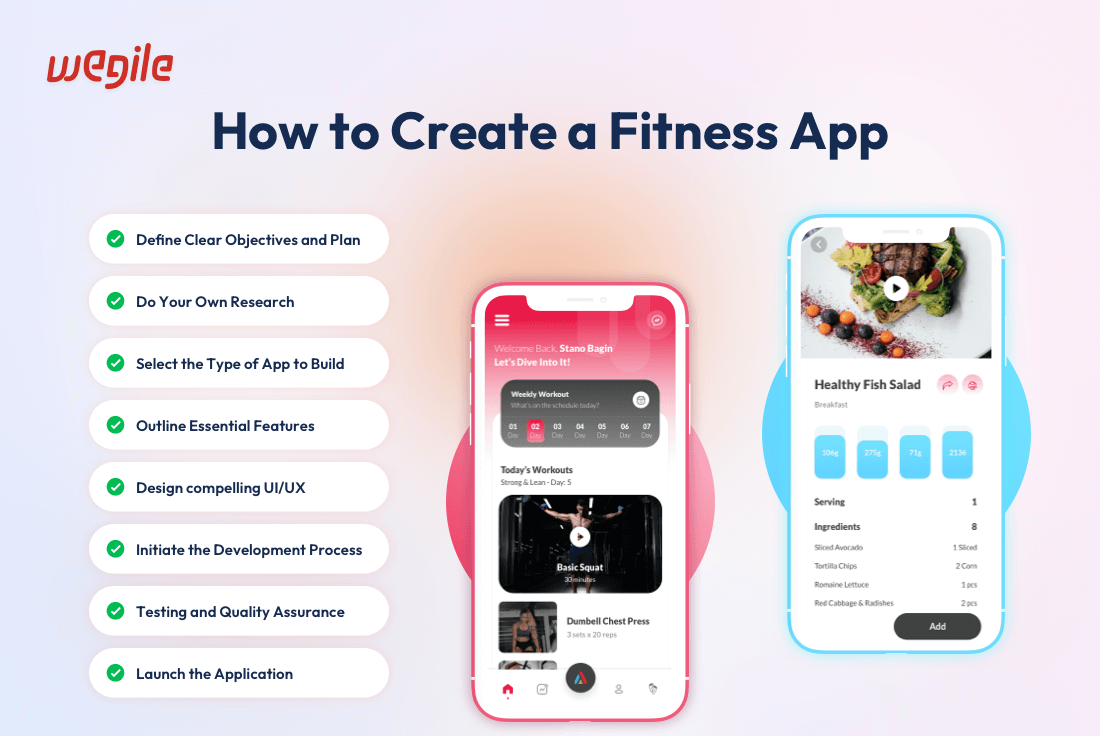
Embarking on the journey to create a fitness app requires a meticulous approach that begins with defining clear objectives and crafting a comprehensive plan.
This initial step involves articulating the app's mission, identifying the target audience, and establishing a unique value proposition.
By setting precise objectives, you not only provide a guiding framework for the development team but also create a vision that resonates with the app's users.
A well-defined plan encompasses project goals, timelines, and budget considerations. This strategic foundation sets the stage for effective decision-making and purposeful progress.
A well-defined plan encompasses project goals, timelines, and budget considerations. Moreover, it serves as a roadmap that ensures strategic decision-making and purposeful progress throughout the development process.
In the evolving landscape of fitness apps, research becomes a compass that guides your app through the complexities of the competitive market.
Analyzing existing fitness apps unveils valuable insights into user preferences, market trends, and potential areas for innovation.
Further, exploring positive and negative user feedback acts as a compass, guiding your app towards user-centric enhancements. This ensures that your app remains adaptive and responsive to user needs.
Additionally, delving into emerging technologies and exploring potential collaborations further positions your app at the forefront of industry innovation.
Choosing the category your fitness app will target is a crucial decision that significantly influences its overall direction as you create a fitness app.Choosing the category your fitness app will target is a crucial decision that significantly influences its overall direction as you create a fitness app.
Whether it's a personal training app, a nutrition tracker, or a social fitness community, each option presents unique challenges and opportunities. This decision extends beyond merely setting boundaries, it's about aligning your app’s features, design, and user experience with the specific needs of your target audience. Making a thoughtful choice at this initial stage is essential for laying the foundation of a standout app in the competitive fitness market.
This decision is not merely about defining the app's boundaries but also about aligning its features, design, and user experience with the specific expectations of your target audience.
A thoughtful selection at this stage lays the groundwork for creating an app that stands out in the competitive market.
The essence of a fitness app lies in its features, and outlining these features is a meticulous endeavor aimed at creating a holistic and impactful fitness experience.
Customized workout plans, intelligent nutrition tracking, and other functionalities contribute to the app's utility and appeal. This process involves meeting user expectations and exceeding them, fostering engagement, loyalty, and long-term app usage.
By understanding the diverse needs of your audience, you can create a feature set that resonates with users, ensuring that your app becomes an indispensable part of their fitness journey.
Crafting a compelling user interface and experience goes beyond aesthetics; it's about creating an environment that users find intuitive, enjoyable, and motivating.
Intuitive navigation, visually appealing graphics, and seamless interactions are crucial components of a compelling UI/UX design. This phase is about making the fitness journey effective yet enjoyable.
Additionally, when you’re prioritizing the user experience of your fitness app, you ensure that users not only achieve their fitness goals but also relish the process, contributing to long-term user engagement and satisfaction.
Collaborating with a skilled fitness app development company is crucial when you decide to create a fitness app, marking the pivotal shift from planning to execution. This phase is dedicated to transforming conceptualized ideas into tangible, functional features of your fitness app.
Maintaining open communication channels ensures that the development process stays true to your original vision, allowing for timely adjustments and refinements.
Regular check-ins and collaborative efforts help swiftly overcome any challenges, keeping the project on track for success. Ultimately, this phase is about converting your plans and designs into a functional and user-centric fitness app that adheres to the highest standards of quality and performance.
The testing phase is where your fitness app undergoes meticulous scrutiny to ensure its resilience, functionality, and overall user satisfaction.
Rigorous quality assurance involves identifying and addressing bugs, glitches, and inconsistencies.
Testing across different devices and platforms guarantees a seamless and consistent user experience.
User feedback during this phase provides invaluable insights and guiding adjustments that enhance performance, usability, and overall user satisfaction.
This iterative testing process aims not just to meet but to exceed user expectations, paving the way for a positive and seamless user experience.
The launch of your fitness app is the culmination of meticulous planning and execution. It marks a crucial strategic milestone that demands a comprehensive approach.
A robust marketing strategy that includes social media campaigns, influencer collaborations, and optimizing app store listings on platforms like Google and Apple stores is essential to create a buzz and drive initial downloads.
Beyond the launch, continuously monitoring user feedback is vital, enabling swift adaptations and ongoing enhancements. It’s not merely about debuting your app but about laying a solid foundation for its continued relevance and growth.
A proactive post-launch strategy, incorporating regular updates and improvements, ensures your fitness app adapts to changing user needs, maintaining its competitiveness and longevity in the market.
Read Blog: Top 5 Leading Fitness Apps Developed by WegileAugmented Reality (AR) and Virtual Reality (VR) are revolutionizing fitness apps by immersing users in digitally enhanced environments. AR overlays virtual elements on real-world settings, offering interactive workouts at home. Users can navigate obstacle courses or participate in yoga sessions with virtual instructors. VR takes immersion further, placing users in entirely virtual worlds. This makes activities like stationary biking or treadmill running exciting as they traverse scenic landscapes or futuristic cities. These technologies make fitness routines more engaging and enjoyable, potentially increasing user consistency and satisfaction.
Artificial intelligence (AI) is transforming fitness apps into highly personalized health coaches. By analyzing user data, AI can tailor workout plans and nutritional advice to individual needs and progress. This adaptability extends to real-time adjustments during workouts, such as changing the intensity based on a user's current physical state or past performance. AI also enhances user interactions within the app, offering voice-controlled assistants and personalized feedback that mimic a human coach's support and guidance.
Fitness apps are increasingly incorporating social connectivity features to leverage the power of community and competition. Features such as challenges, leaderboards, and group workouts encourage users to engage with others, enhancing motivation through friendly competition and communal achievement. Gamification elements like points, badges, and rewards turn personal fitness achievements into a game. It provides additional motivation through tangible goals and rewards. These social and gamified aspects not only make exercising more fun but also help users stay committed to their fitness goals.
Recognizing that fitness is just one component of overall well-being, many apps are expanding to cover holistic health aspects. This includes monitoring mental health, stress levels, and sleep patterns, alongside traditional fitness metrics. Apps now offer features such as guided meditations, breathing exercises, and sleep quality tracking to support mental and emotional health. By addressing wellness comprehensively, these apps play a crucial role in helping users maintain a balanced lifestyle.
The compatibility of fitness apps with a broader range of wearable technologies is a significant trend. Modern fitness apps are designed to sync seamlessly with various devices, from smartwatches and fitness trackers to heart rate monitors and GPS devices. This integration allows for more accurate tracking of physical activities and provides users with real-time feedback on their performance, heart rate, calories burned, and more. Enhanced connectivity with wearable tech helps users better understand their health metrics and adjust their fitness routines accordingly.
Commencing the odyssey of fitness app development requires a reliable partner, and Wegile stands as your trusted fitness app development company.
With a proven track record in crafting innovative and user-centric solutions, Wegile brings unparalleled expertise to the table.
Our dedicated team is committed to transforming your fitness app vision into a reality, ensuring a seamless and engaging user experience.
From conceptualization to implementation, Wegile provides end-to-end services, making us your ideal companion in the dynamic landscape of fitness app development.
Explore the possibilities with Wegile, your strategic partner for building cutting-edge fitness applications.
As we conclude this exploration into the realm of fitness app development, it's evident that the landscape is teeming with possibilities. The robust market growth, coupled with technological advancements, underscores the significance of fitness apps in our wellness journey.
Whether you are envisioning a personalized training experience, intelligent nutrition tracking, or a community-driven platform, the key lies in crafting an app that resonates with your audience.
As you navigate the exciting path of fitness app development, remember that Wegile is here for you. We are an eminent, reliable and reasonable fitness app development company. We have the best fitness app developers at our end. Together, let's shape the future of fitness technology and inspire users worldwide to embrace a healthier lifestyle. If you're ready to transform your fitness app dream into reality, Wegile is just a click away.
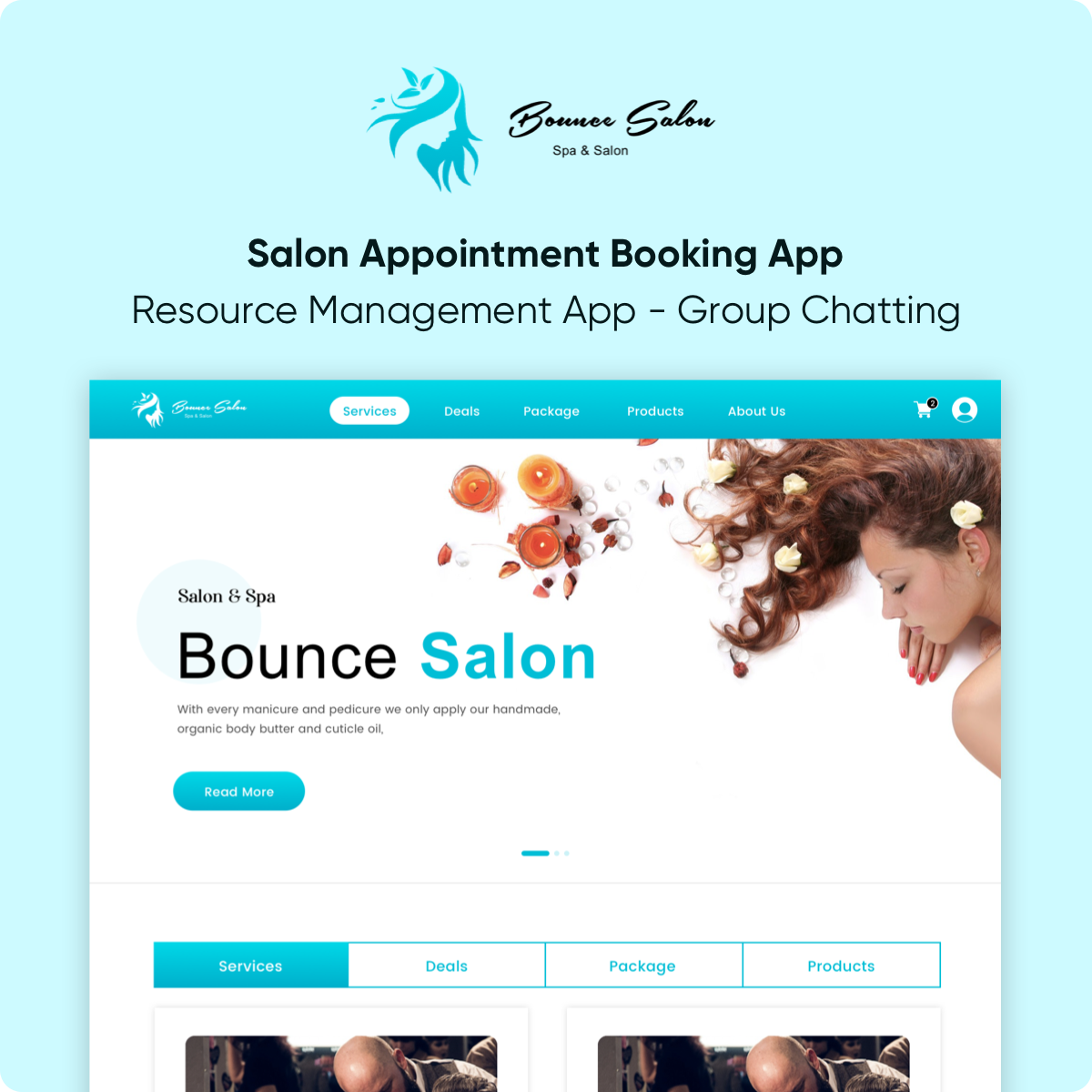
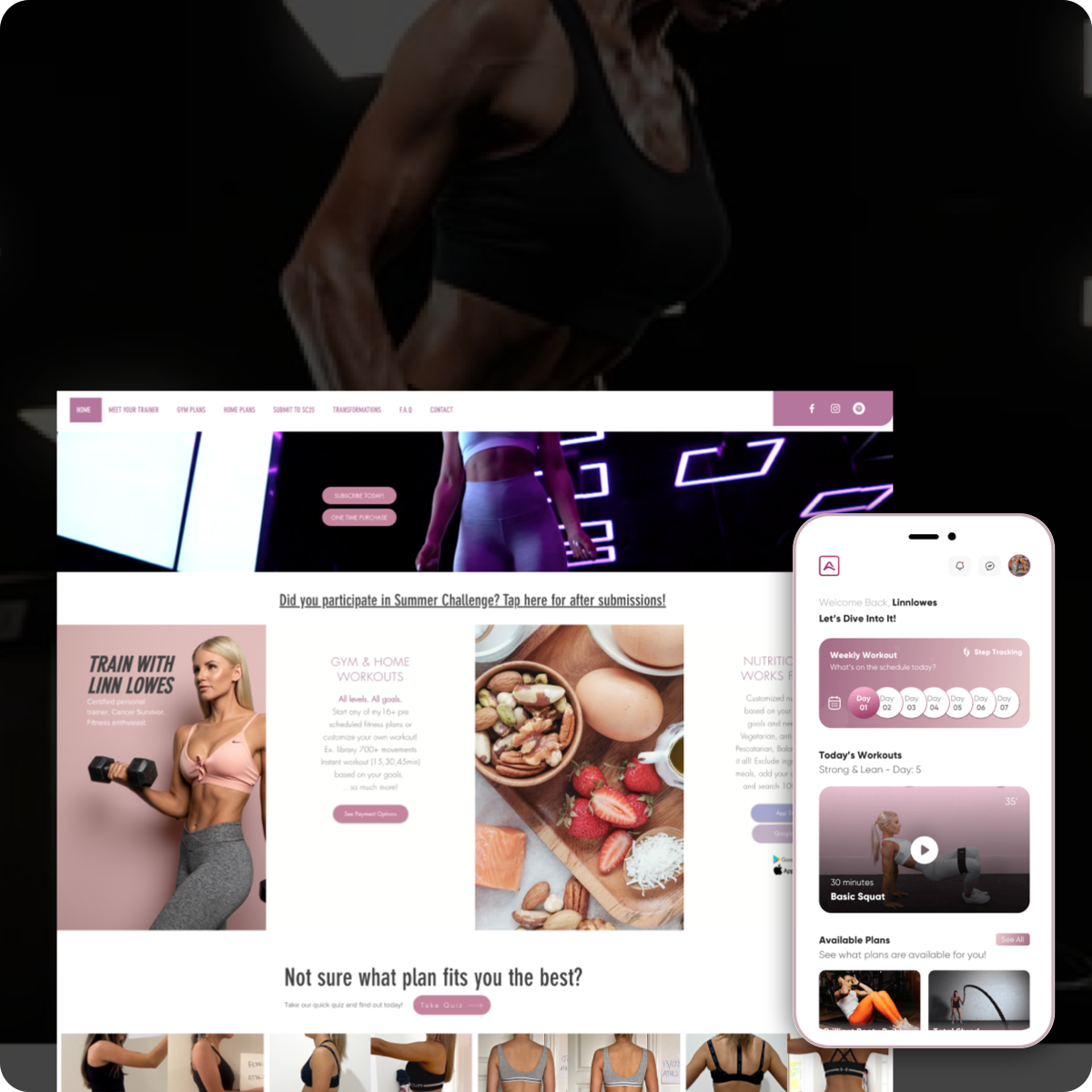
 Browse Our Services
Browse Our Services
